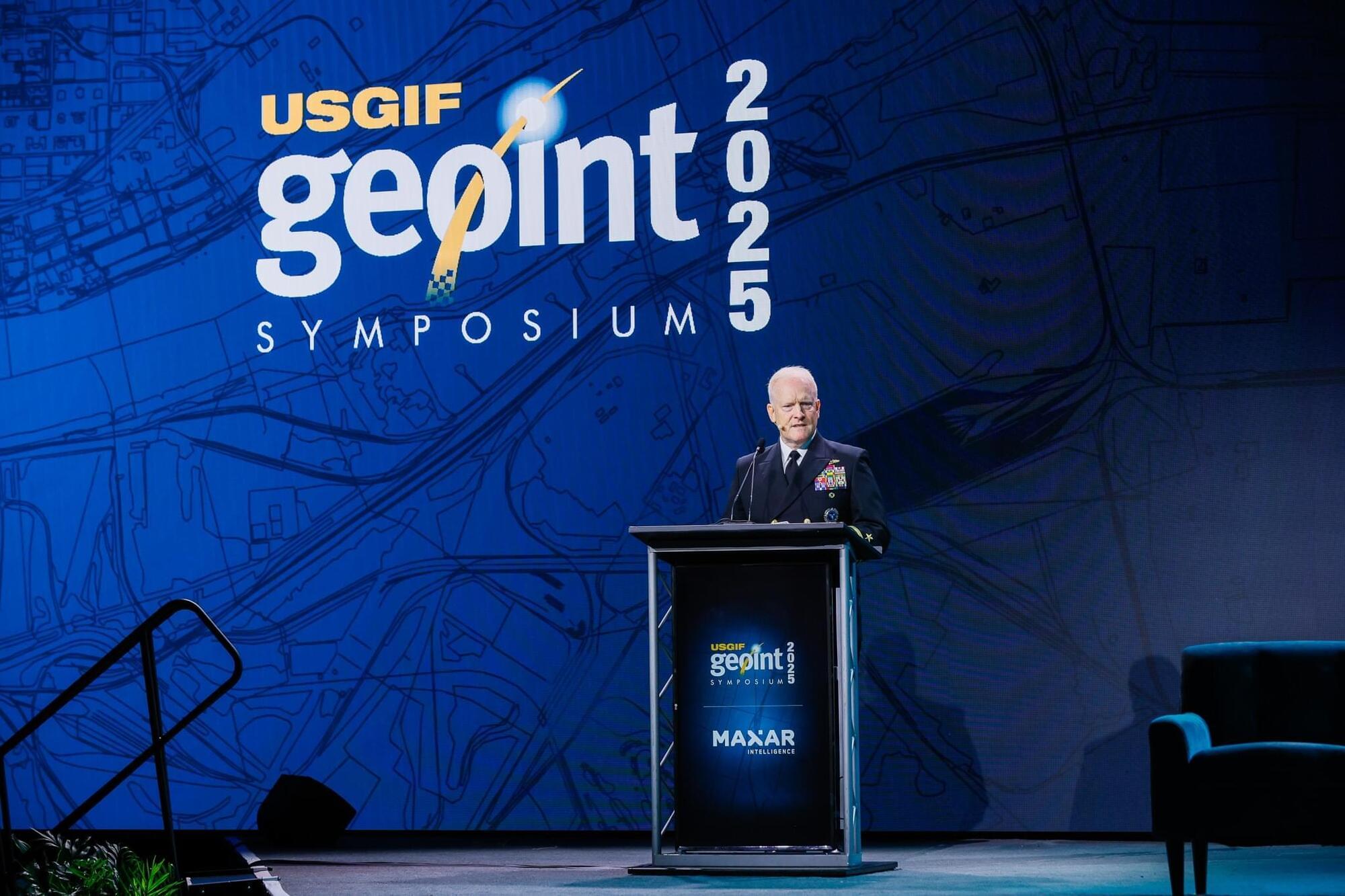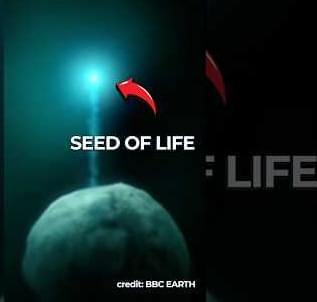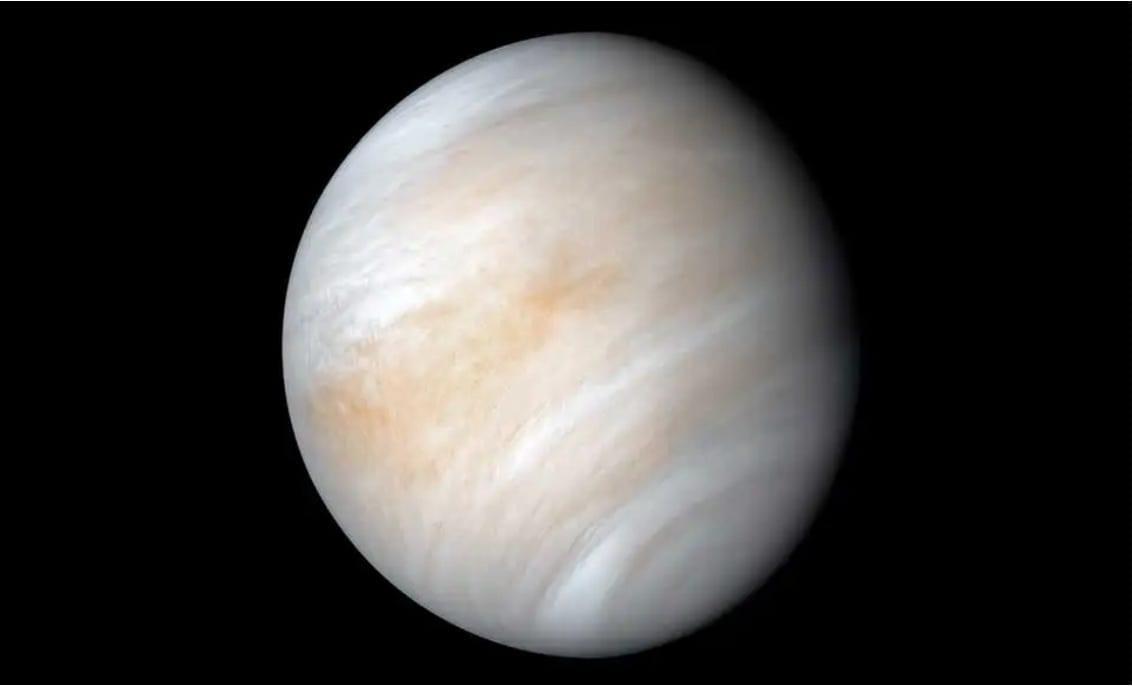HELSINKI — Chinese commercial satellite manufacturer MinoSpace has won a major contract to build a remote sensing satellite constellation for Sichuan Province, under a project approved by the country’s top economic planner.
Beijing-based MinoSpace won the bid for the construction of a “space satellite constellation,” the National Public Resources Trading Platform (Sichuan Province) announced May 18, Chinese language Economic Observer reported.
The contract is worth 804 million yuan (around $111 million) and the constellation has been approved by the National Development and Reform Commission (NDRC), China’s top economic planning agency, signaling potential alignment with national satellite internet and remote sensing infrastructure goals.









